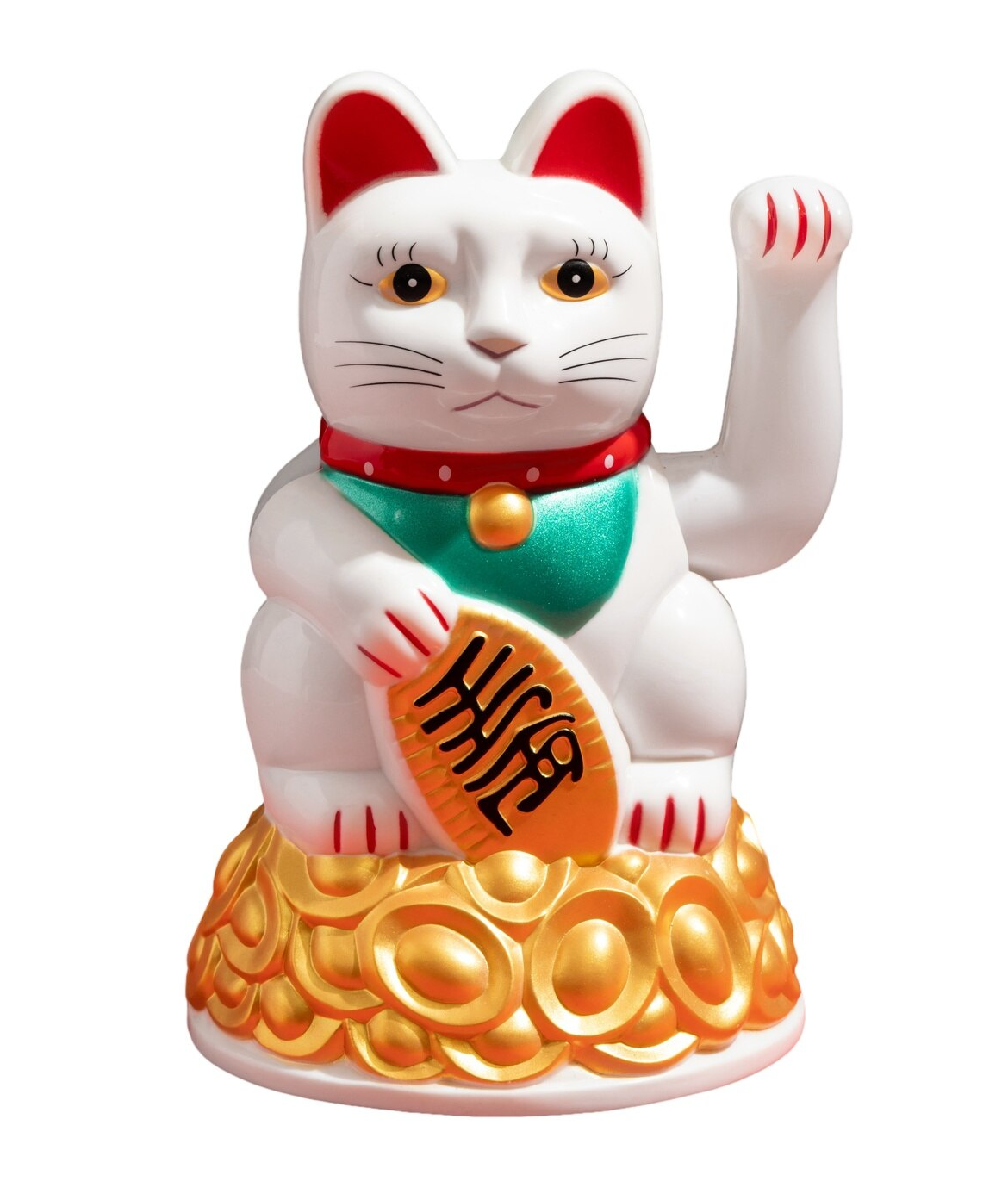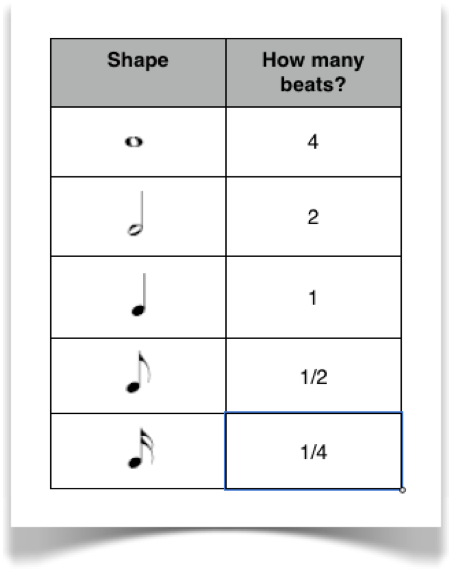One important part of a melody is pitch, but just as crucial is a note’s duration or length. Timing in music is essential to structure, expression, and communication. You may have heard the terms rhythm, meter, and tempo, but what exactly do they mean? Let’s break them down and see how they work together in musical performance.
Rhythm
Rhythm is a nuanced aspect of music, requiring at least two notes played in close succession to be perceived as such. If one note is played today and another tomorrow, their connection is lost, and they no longer create a rhythmic pattern. Rhythm is defined by the relationships between the durations of notes, determining how they interact over time. It encompasses the notes’ timing, accents, and articulations, creating a dynamic interplay that adds texture to the music.
Rhythm itself cannot be slow or fast, as it is merely about the relationship between the durations of the notes. Different styles of music have unique rhythmic patterns—such as the syncopation found in jazz or the steady beats of classical pieces—each contributing to the overall character and mood of the music. Understanding rhythm is essential for any instrumentalist, as it enhances the ability to play in sync with others and brings a piece to life.
Meter
The meter (read about the concept of tactus) serves as the heartbeat of music, defining how rhythms are structured within a piece. It refers to the regular recurrence of stressed and unstressed beats, creating a predictable pattern that listeners can follow. In Western music, the meter is often indicated by time signatures, which specify how many beats are contained in each measure and which note value receives one beat.
A common rule of thumb is that the first beat of a measure is typically stressed, creating a sense of grounding. However, various musical genres and styles—such as certain forms of dance music—may emphasize different beats, showcasing the flexibility and creativity of meter. For example, in a waltz (3/4 time), the first beat is heavily accented, while in a jazz swing, the emphasis may shift unexpectedly. In vocal music, it is the text that defines accents. Nevertheless, the metric structure remains steady, and the occasional offbeats add spice and only strengthen the rule. Instrumentalists can better navigate complex rhythms and create a more compelling musical experience by understanding meter.
Tempo
Tempo is the speed at which a piece of music is performed, significantly impacting its overall feel and energy. Measured in beats per minute (BPM), tempo dictates how quickly or slowly notes are played. A higher tempo results in shorter durations for each note, creating a sense of urgency and excitement, while a slower tempo allows for more spaciousness, introspection, and emotional depth.
Understanding tempo is crucial for conveying a piece’s intended character. For instance, a fast-paced allegro may energize the audience and inspire movement, while a slow adagio can evoke calm and reflection. Musicians must be mindful of tempo in their playing and in relation to their ensemble, as coordinating tempo with other instrumentalists ensures a cohesive and expressive performance.
Rhythm and Timing in Notation
Before applying these concepts in practice, we must understand how timing is designated in standard notation. Musical timing is communicated through note values, rests, and time signatures.
Note Durations
Each note has a specific duration. A whole note is twice the length of a half note, twice the length of a quarter note, and so on. If there is a dot next to a note, it adds 50% to its duration. For instance, a dotted quarter note lasts as long as a quarter note plus an eighth note. (See the graph for reference.)
Time Signatures
The time signature, usually found at the beginning of a piece, consists of two numbers stacked vertically. The upper number is the most important—it indicates how many beats are in a bar. A time signature 4/4 (often written as C, meaning “common time”) indicates four beats per measure, with the quarter note receiving one beat.
Understanding these distinctions—rhythm, meter, and tempo—can significantly enhance your musicality and performance. Embrace these concepts to deepen your connection with music!


